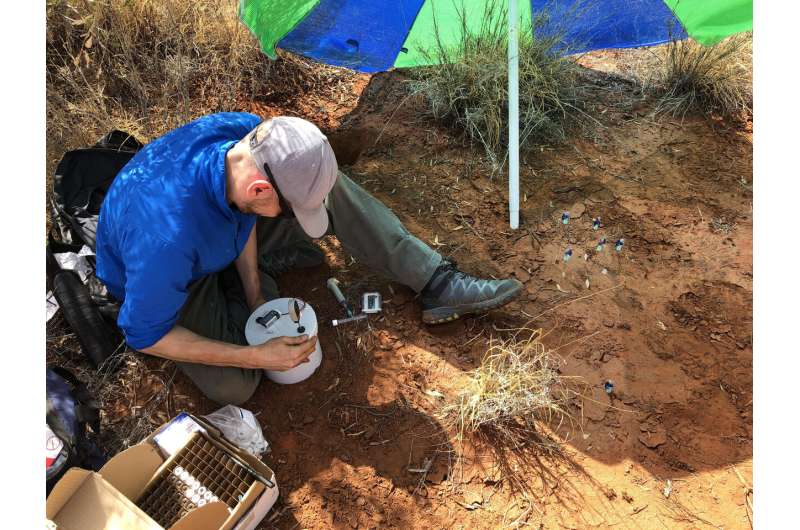Breatharian bacteria breakdown greenhouse gases and toxic pollutants

Soil bacteria play a much greater role in regulating our atmosphere than previously thought.
A recent study led by Monash University has revealed diverse bacteria in soils can breakdown trace gases, such as the toxic pollutant carbon monoxide and the greenhouse gas methane.
The findings, published in Nature Microbiology, shift the view of how soil bacteria live. It has traditionally been thought that most soil bacteria primarily live by consuming organic matter from decaying vegetation. By contrast, these new findings show most of these bacteria can sustain themselves on inorganic energy sources such as carbon monoxide and atmospheric hydrogen.
Until now, it was thought that only a small proportion of bacteria can consume trace gases. This study revealed that all the major bacterial groups in soils can break down carbon monoxide and hydrogen. They also uncovered a new lineage of methane-consuming bacteria, named Methylotropicum. These bacteria can be thought of as 'breatharians' given, unlike ourselves, they can live solely on air.
"The observation that trace gases sustain most soil bacteria has broad implications for understanding how bacteria shape the composition of the air we breathe, and for protecting soil health in a changing world," says study author Dr. Eleonora Chiri. "Emissions of hydrogen, carbon monoxide, and methane are rapidly increasing through human activities. These bacteria are critical for keeping atmospheric levels of these gases in check."
The Monash University team studied soil bacteria through field, laboratory, and computational approaches. Field measurements showed diverse soils, spanning wetlands to deserts, rapidly consumed trace gases. These observations were paired with genomic profiling that revealed the identity and capabilities of the microbial community present. Finally, detailed calculations showed that the amount of energy provided by these trace gases was sufficient to sustain the bacteria present.
"Our research has revealed extensive, unexpected connections between the atmosphere and the biosphere," study author Dr. Sean Bay says. "Soil bacteria regulate the composition of the atmosphere, but in turn atmospheric gases provide a lifeline for soil bacteria. Both control each other, in turn enhancing the quality of the air and the health of the soils that we critically depend on."
More information: Sean K. Bay et al. Trace gas oxidizers are widespread and active members of soil microbial communities, Nature Microbiology (2021). DOI: 10.1038/s41564-020-00811-w
Journal information: Nature Microbiology
Provided by Monash University



















